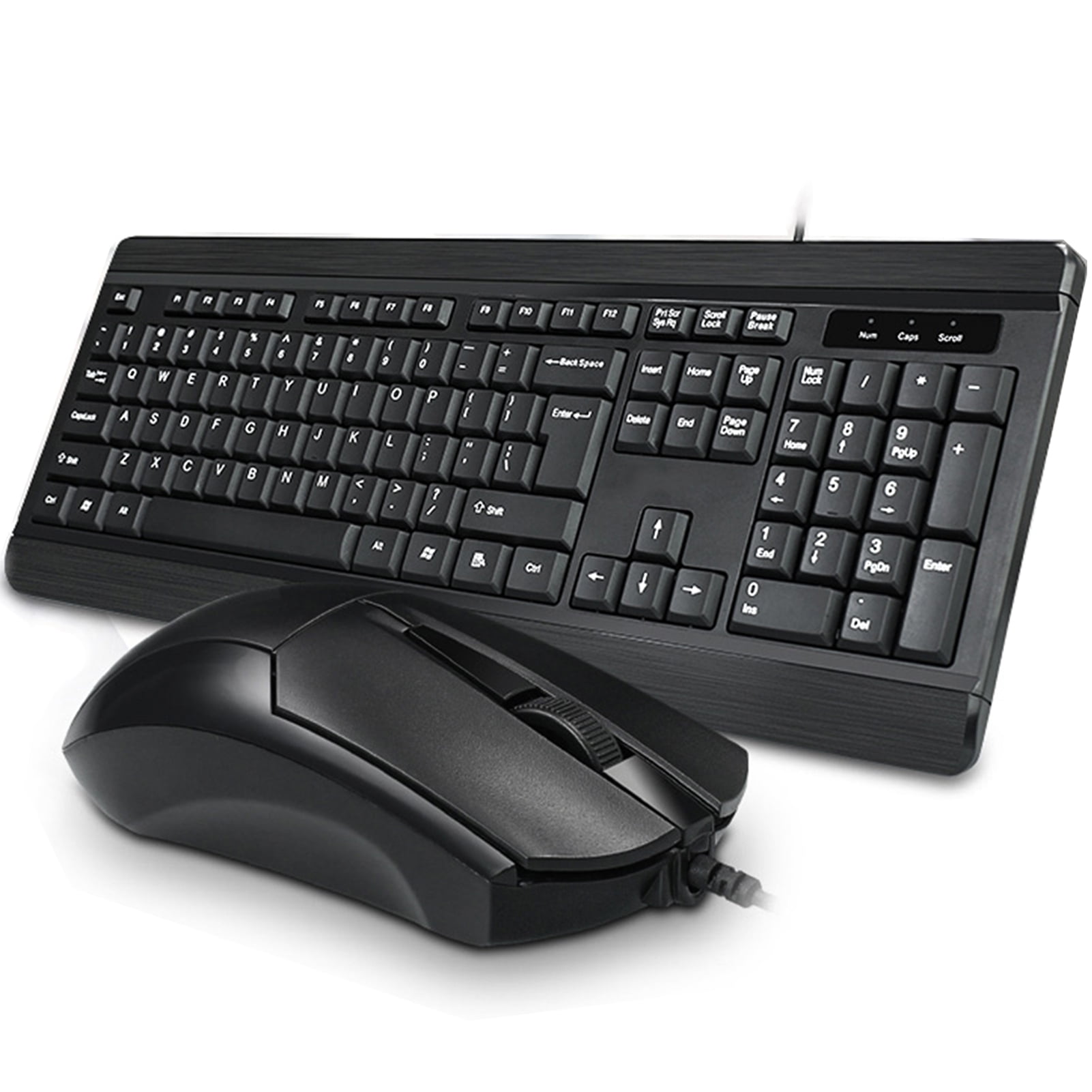
Choose your language and select your layout.After you’ve “added” the keyboards, you can head to the bottom-right corner of your taskbar and click the Language indicator to change layouts. In the Keyboards section, click Add a Keyboard and select your layout.Under “Preferred languages,” select your default language.Not sure what a mechanical keyboard is? Read our article here! Changing your keyboard layout on Windows: If you’re using a mechanical keyboard (which is what this site is all about!), you should remove your keycaps and re-assemble them to line up with your functional layout (Dvorak, Colemak, etc). You should be able to quickly determine if it’s already built into your OS. Head to Google and look up your intended layout. Can you physically change your keycaps? (to make sure your visual layout matches the functional layout).Does your operating system support the alternative layout? Or do you need 3rd-party software?.

If you’d like to change your keyboard layout, there are two important things to consider first: Given the similarities with QWERTY, the learning curve should be much faster. However, if you absolutely must try an alternative layout, you might consider learning Colemak. In fact, most of the fastest typers in the world still use the standard QWERTY layout. In reality, the fastest layout is the layout you already know. While the Dvorak and Colemak layouts were designed to increase speed and efficiency, these layouts can take a long time to learn (and even longer to master!).

#Keypad layout laptop iso
but like those big & fat Enter keys, then get you an ISO layout keyboard! ? It should be noted that you can use different layouts no matter where you’re located! If you’re in the U.S. ISO features the taller Enter key, and the backslash key is over to the left besides the left Shift key! The ISO layout is commonly found internationally (ISO stands for “International Organization for Standardization”). This layout features a wider left-Shift key, and a wider Enter key with the backslash key just above it. The ANSI layout is most common in the United States (ANSI stands for “American National Standards Institute”). Size of the left shift key Credit: Brillantwiki2 on Wikipedia.

Where are you located in the world? Check out the graphics below to spot the layout you’re most familiar with. You can remap and reprogram keyboards in a number of ways! We’ll talk about QWERTY, Dvorak, and Colemak layouts below.īefore we review standard layouts for typing, let’s explore the physical layouts that are out there. In other words, what is triggered when you press the key? In most cases, the functional layout should match the visual layout. Functional layout The mapping of each key. Visual layouts vary depending on country, language, etc. Visual Layout The symbols printed on each key. The most popular physical layouts are ANSI, ISO, and JIS. Here’s a quick breakdown: Physical layout The arrangement of the keys on the keyboard. The word “layout” could actually mean different things, so let’s clarify these: How Do I Find My Keyboard Layout? What Are Keyboard Layouts?.Which Keyboard Layout Is Faster? QWERTY vs Dvorak vs Colemak.What Are the 3 Types of Keyboard Layouts?.I’ve tried to type faster with Dvorak & Colemak (and I’ve also built ANSI and ISO keyboards). Not sure what keyboard layout you’re actually using? Or want to experiment with more efficient & faster typing layouts?


 0 kommentar(er)
0 kommentar(er)
